Часть 2.
…Используя эффект внезапности, численное превосходство и подготовленность, армейские корпуса Ирака в первый день войны заняли 1000 квадратных километров территории Ирана, вклинившись на 20 километров вглубь. Наступление Ирака продолжалось весь 1980 год, несмотря на героическое сопротивление Корпуса Стражей Исламской Революции и Народного ополчения «Басидж». Была захвачена треть территории провинции Хузестан, заняты города Касре-Ширин, Мехран, Бостан, Хорремшехр. Но не случилось главного — 3 миллиона иранских арабов, жившие на оккупированной территории и на поддержку которых расчитывали стратеги Ирака, взялись за оружие, защищая завоевания Исламской Революции. И уже в декабре, в силу больших потерь в живой силе и технике, наступление захватчика выдохлось.
А Священная Война народов Ирана только начиналась. Во всех уголках страны шла мобилизация добровольцев в Народное ополчение. Лица призывного возраста, старики, юноши и даже девушки требовали отправить их на фронт. Сюда же люди несли одежду и ценности, деньги и продовольствие.
А положение на фронтах было сложным. Не хватало оружия и боеприпасов, массовый героизм новобранцев не мог компенсировать их слабую боевую подготовку, ошибки в организации и управлении войсками. Позиционная война продолжалась весь 1981 год.
Но уже в следующем году стало явно проявляться численное и моральное превосходство иранцев. И Иран приступил к активным боевым операциям. А к маю его боевые части уже вышли к государственной границе.
Поражает патриотизм иранцев. Тому пример — ночная наступательная операция «Фатх» по освобождению города Шуш, подходы к которому были заминированы. Сотни юношей-добровольцев без оружия, цепями, локоть к локтю пошли на минные поля, чтобы ценой собственных жизней обеспечить последующую атаку регулярных армейских частей. Город был освобождён.
Золотыми буквами вписаны в историю Священной Войны и операции «Бесспорная победа» и «Священный храм», в результате которых иракцы утратили наступательную инициативу и перешли к обороне…

… Особый интерес для посетителей музея представляет трофейная боевая техника. Здесь навечно застыли танки, боевые машины пехоты, артиллерийские орудия и другое вооружение. Вся эта техника была отбита у иракцев за месяц боёв в ходе операции «Рассвет 8». С 9 февраля по 10 марта 1986 года. В ходе этой великолепно спланированной и проведённой десантной операции Иран захватил полуостров Фау, по которому у Ирака был единственный выход в Персидский залив. Особенностью этих боёв было ведение их в условиях болотистой местности, исключающей возможность атаковать бронетехникой и применение Ираком химического оружия — отравляющих газов. Операция «Рассвет 8» вошла в учебники военного дела как классическая.
Нельзя не подчеркнуть здесь позорную роль Советского Союза и Организации Варшавского договора, вооружавших и политически поддерживавших саддамовский Ирак, совершавший многочисленные военные преступления против мирного населения Ирана, преступления против мира и человечности.
Склоним же головы перед иранскими героями-шахидами. Да будет с ними милость Аллаха!



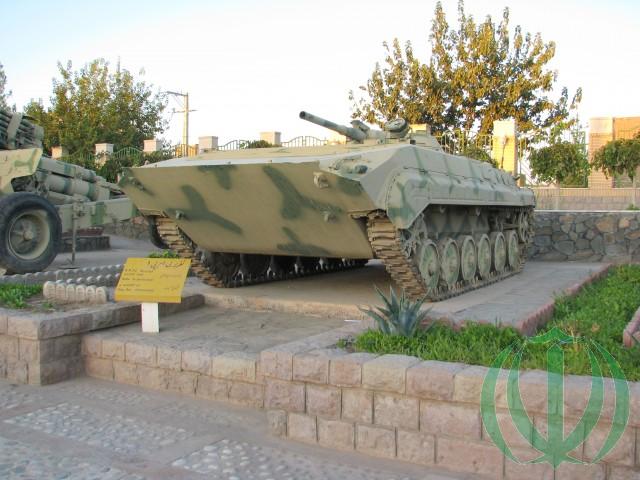

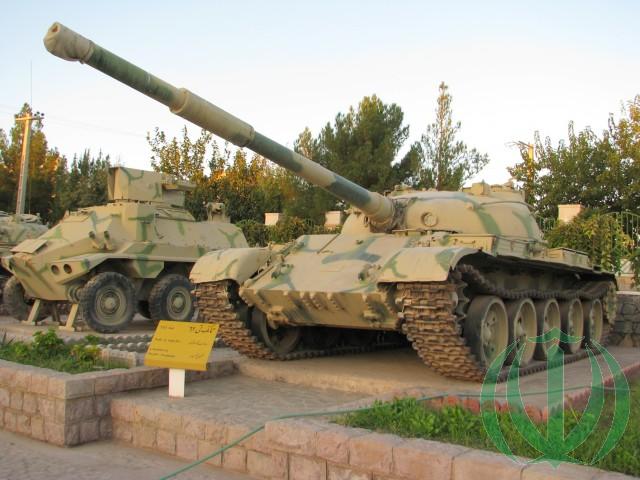

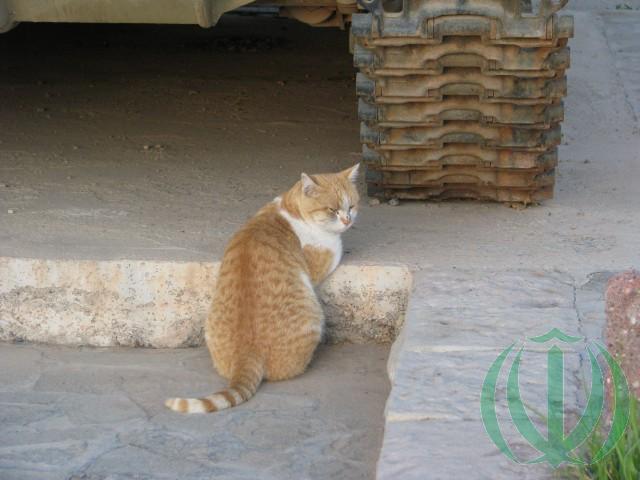

Песню «Память об имаме и шахидах» поёт Саид Хаддадиан
(Продолжение следует)
Kerman is tourist. Museum of the Holy War
Part 2.
… Using the effect of surprise, numerical superiority and preparedness, the Iraqi army corps on the first day of the war occupied 1000 square kilometers of Iran, wedged 20 kilometers inland. The offensive of Iraq continued throughout 1980, despite the heroic resistance of the Guardian Corps of the Islamic Revolution and the Basij Militia. A third of the territory of the province of Khuzestan was captured, the cities of Qasre-Shirin, Mehran, Bostan, Khorramshahr were occupied. But the main thing did not happen – 3 million Iranian Arabs, who lived in the occupied territory and the strategists of Iraq counted on their support for, took up arms, defending the gains of the Islamic Revolution. And already in December, due to heavy losses in manpower and equipment, the invader’s offensive was exhausted.
And the Holy War of the peoples of Iran was just beginning. In all corners of the country there was a mobilization of volunteers in the People’s Militia. Persons of military age, old men, boys and even girls demanded to send them to the front. Here, people carried clothes and valuables, money and food.
And the situation on the fronts was difficult. There was not enough weapons and ammunition, the mass heroism of the recruits could not compensate for their poor combat training, errors in the organization and management of troops. The position war continued throughout 1981.
But already next year, the numerical and moral superiority of the Iranians began to manifest itself clearly. And Iran began active combat operations. And by May, his combat units had already reached the state border.
The patriotism of the Iranians is striking. An example of this is the night offensive operation “Fatah” to liberate the city of Shush, the approaches to which were mined. Hundreds of youth volunteers without arms, chains, elbow to elbow went into the minefields to ensure the cost of their own lives to ensure the subsequent attack of regular army units. The city was liberated.
Gold letters are inscribed in the history of the Holy War and operations “Indisputable victory” and “Holy Temple”, as a result of which the Iraqis lost their offensive initiative and went on the defensive …
… Of particular interest to museum visitors is trophy military equipment. Here tanks, infantry fighting vehicles, artillery guns and other weapons were forever frozen. All this equipment was recaptured from the Iraqis for a month of fighting during Operation Dawn 8. From February 9 to March 10, 1986. During this beautifully planned and carried out landing operation, Iran captured the Fau Peninsula, through which Iraq had the only access to the Persian Gulf. The peculiarity of these battles was their conduct in the conditions of a marshland, which excluded the possibility of attacking with armored vehicles and the use by Iraq of chemical weapons – poisonous gases. Operation Dawn 8 was included in the textbooks of military affairs as a classic.
It is impossible not to emphasize here the shameful role of the Soviet Union and the Warsaw Treaty Organization, arming and politically supporting the Saddam Iraq, who committed numerous war crimes against the civilian population of Iran, crimes against peace and humanity.
Let us bow our heads before the Iranian martyr heroes. May the mercy of Allah be with them!
The song “Memory of the Imam and the Martyrs” is sung by Said Haddadian
(To be continued)
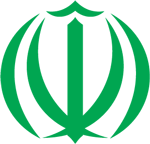

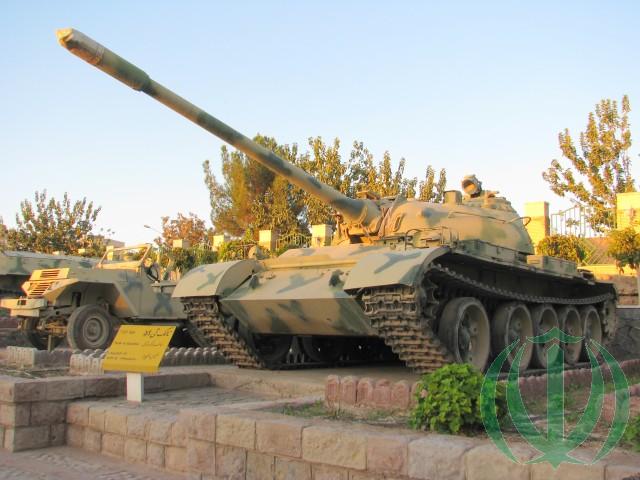
0 Comments